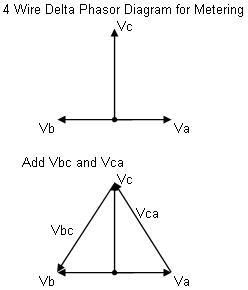- Location
- Wisconsin
- Occupation
- PE (Retired) - Power Systems
Isn't the math still the same? Are you saying we need to change your method from KVL to KCL?rattus said:We change from KVL to KCL.
I have not been involved in discussing the math of vectors, I have been asking for reasons to follow your single phase voltage direction convention (which ignores physical connections), or reasons not to follow mine (which follows physical connections just like I do for 3-phase).



